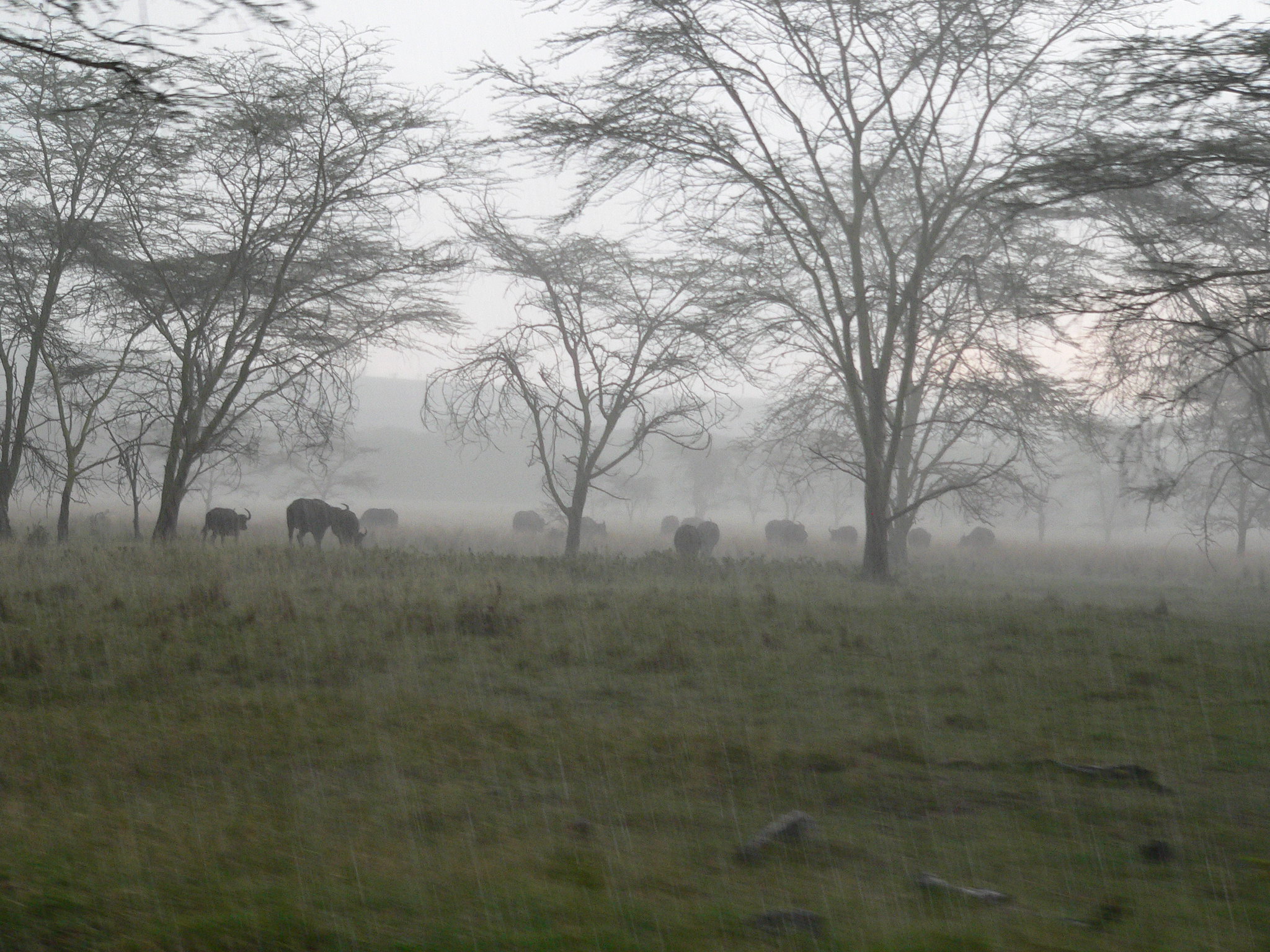Climate Change Increasing East African Rains
November 12, 2020

Seasonal rainfall is expected to rise significantly in East Africa during the next few decades in response to increased greenhouse gases, according to a study published in July 2020 in Climate Dynamics.
Researchers used high-resolution simulations to find that the amount of precipitation during the rainy season known as the “short rains” could double by the end of the century, continuing a trend that has already been observed in recent years. The season known as the “long rains,” on the other hand, is expected to remain stable, according to the new projections. These results are in contrast to previous analyses that associated global warming with drier conditions that occurred earlier this century.
“There are two East African rainy seasons with different sensitivities to greenhouse gases,” said lead author Kerry Cook, a professor in the Jackson School of Geosciences Department of Geological Sciences. “Our paper shows that the short rains will continue to increase — in fact, flooding and locust infestations are already occurring — and that there is no drying trend for the long rains.”
The newly published simulations have a 30 kilometer resolution that resolves the complex East African topography and more accurately represent currently observed rainfall amounts and seasonality than coarser resolution global models. Simulations of rainfall through 2050 are consistent with currently observed rainfall amounts and seasonality.
“This research will allow people to plan ahead in East Africa,” said Cook. In addition to Cook, authors of this research include Ph.D. student Weiran Liu and Research Scientist Associate Edward Vizy also of the Department of Geological Sciences and Rory Fitzpatrick of the University of Leeds.
Back to the Newsletter